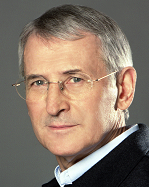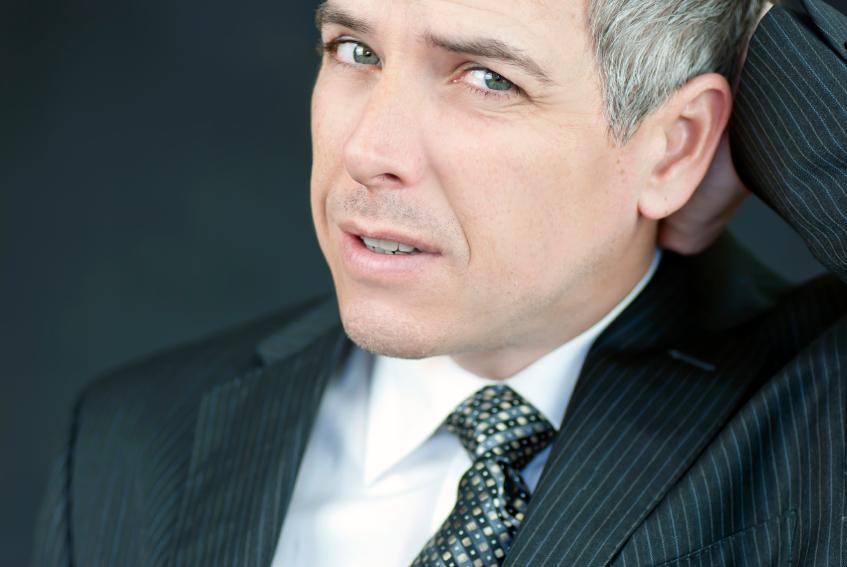
With the petroleum industry evolving rapidly, the executive team of a global energy company knew they had to transform their solid but complacent organisation into a high-tech, sustainability-oriented firm. To aid this transition, Jim, a brilliant professor of engineering, was hired as the new Chief Knowledge Officer, and John, an experienced petroleum industry executive was seconded by one of the major shareholders to put into operation a large offshore drilling project.
The impact of these new arrivals did little to assist the company’s somewhat ineffective decision-making body. In fact things got worse.
Within several months of their arrival war broke out between the outsiders and other members of the executive team. The two newcomers were seen as scapegoats for the company’s mediocre performance. Jim was perceived as being rude and disorganised, and John as a know-it-all, spy for the major shareholder. What didn’t help was that the company was heavily committed to its offshore energy project; deadlines were looming and pressures were mounting.
An action plan was commissioned but with executives all reading from a ‘different page’, its execution floundered.
Exploring group dynamics
As the situation deteriorated, the CEO brought the senior executive team together for what he called a high performance team intervention. Under the guidance of an experienced external group facilitator, the intervention would reflect on the executives’ interpersonal relationships, work practices, leadership styles, and organisational culture, with the aim of creating alignment and a more effective transformation.
The chosen group facilitator had a solid business background and training in the psychodynamic approach to executive coaching. This meant that not only was she interested in how individuals experienced the team’s interactions, but she was also prepared to explore the less visible elements - the underlying behaviour patterns and group dynamics that motivate behaviour.
Prior to the intervention she interviewed each team member and gave them 360-degree questionnaires to be filled out by colleagues, family and friends. The response from the interviews highlighted the fact the executive committee was not a cohesive team but a group of ships passing in the night, each with a different destination.
Action plan for change
At the opening of the intervention, the coach gave a short lecture about high performance organisations and effective leadership then asked each participant to draw a self-portrait, which they had to explain to the group. As each member took their turn in the “hot-seat’, the group focused on their survey feedback offering challenging but supportive comments. By the session’s end, all executives had a better idea of the motivation behind, and impact of, their own and each other’s behaviour.
Jim could see how his actions were obstructive and aggravated existing problems while the team as a whole was able to clarify John’s motives, which turned out to be strongly aligned to theirs.
All team members had developed a personal action plan for change based on their individual feedback reports as well as comments from the group. They promised to coach each other whenever one of them was straying from his or her specific action points. In addition, the team-as-a-whole had their first real debate to obtain clarity as to where the company had to go in order to be successful, and committed to a number of actions to improve execution.
Developing trust and alignment
A follow-up meeting several months later confirmed the exercise had results.
Executives agreed that as a group they had become more effective. There was a greater openness among them, marked by real dialogue and greater exchange of ideas. They marvelled at the extent to which they had bonded after such a short workshop and the fact they were now able to speak their mind; to be vulnerable; and had developed a greater trust and respect for one another. Having this trust, they had also become better in constructive conflict resolution, leading to a greater sense of commitment and ownership, and, most importantly, better results.
Tipping points for change
Companies and top executives need to realise that corporate transformation is not an abstract exercise. It involves people. And to have people work together is not a given.
The challenge is to develop a method of intervention that is similar to more traditional therapeutic approaches in a way that is perceived as meaningful, effective and manageable for all concerned.
Having observed thousands of executives during various group coaching interventions, I have identified the following complex (conscious and unconscious) psychological processes at play during group coaching sessions which induce these powerful tipping points for change:
- The group setting provides a context for cathartic experiences. It allows executives to get things off their chest, bringing repressed feelings, fears, and covert conflicts to the surface helping executives better understand why they do what they do.
- While listening to the other executives’ life stories and challenges, the members of the group come to realise that they are not alone in their confusion. Mutual identification with specific problems brings the team together and offers opportunities to jointly discuss more effective ways of dealing with knotty issues at work.
- Bringing a psychodynamic lens into the discussion can set into motion a whole process of associations of why an executive has been doing things in a particular way. Understanding these old patterns of interaction can help us unpack dysfunctional behaviour improving the chances for change.
- Such reflections can lead to a willingness to experiment in doing things differently—and by doing so, create new scenarios for the future.
- The group setting offers the opportunity for vicarious learning. Executives come to realise that learning does not only occur through direct participation in dialogue but through observing and listening to other people’s stories.
- Executives going through the group coaching process become a real community. This feeling of social belonging also becomes a very powerful catalyst for change.
- A group setting is also an opportunity for collective learning. Explanation, clarification, and even direct advice about how to do things better can reduce anxiety and establish control when there is a troublesome issue. Executives can draw from their own rich experiences to share information about work issues and recommend different approaches.
- Finally, a further positive force for change can be the altruistic motive. The desire to help others by offering support, reassurance and insights can have a therapeutic effect, contributing to each executive’s level of self-respect and well-being.
Fitting in to the ‘Big Picture’
These days, many senior executives struggle with the problem of getting things done. They know that they need to get everyone, from top to bottom on board to make their organisations work, but they don’t know how to really go about it. They don’t know how to achieve matrix-like alignment for strategy execution.
Without the presence of a team culture, executives do things their own way, often resulting in uncoordinated, even conflicting decisions and actions. If people behave like ships passing in the night, they may act in ways that are not in the best interest of the organisation or themselves. It’s here where group coaching can make a difference, ensuring that everyone within the organisation can see and internalise the direction for the business and know how their job fits within the “Big Picture”.
Having gone through a group coaching process, participating executives become aware that they are not at the mercy of life’s vicissitudes - they have choices. By seeing things in perspective, and realising there are other ways to deal with life’s adversities, the group as a team can co-create a better future.

-
View Comments
(1)
-
Leave a Comment





Anonymous User
24/05/2014, 01.29 pm
Great read on group coaching. Thanks,